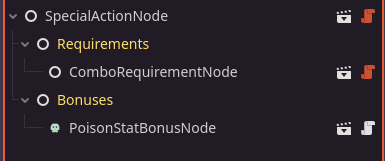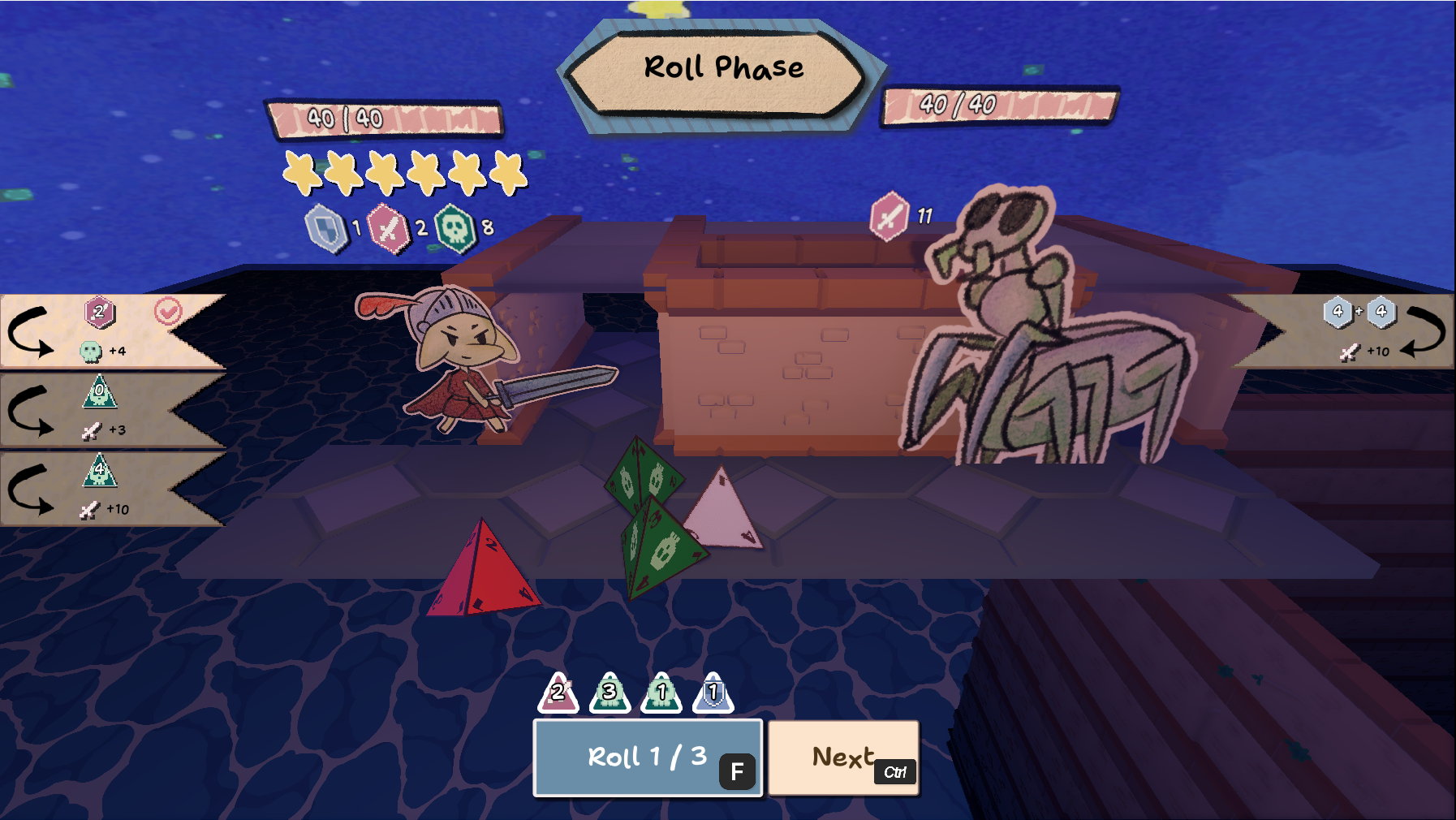Devlog: The Lighthouse
By Ember
Time for another devlog, it has been a while.
About Steam Page
The big news for this month is that the Steam Page was up. It took me a lot of time, because I would overthink stuff a lot, and the requirements are numerous. The days following the opening were spent mostly on social media, telling people to wishlist it.
Quite surprisingly, a Japanese website, Gamespark picked my game from the constant stream of Games, and I got a lot of wishlists from it. If you’re interested in translating the game into Japanese, you can always contact me (but my funds are ultra-limited, it’s a shoestring budget). On another end, I’m super happy that my game seems to have some interest there since Japanese media are a big part of my existence. Feels like giving back a little.
Overall, I’m happy with the initial performance (based on Wishlists) of the game. More than my expectations! But I’m losing steam (ahah get it) and the count is not increasing as much as I like. I probably have to get better with my marketing skills.
RedMice Tower
The RedMice Tower (the third level) is entirely mapped, scripted, and playtested. Little dialogues are written and treasures populate chests. Yay!
Dead City
The next 3 levels are based on Marine and Undead ideas. For references, I just pluck into various Hells, the City of Lost Children, and some structures I find in Dutch Cities. I finished designing the 3 next levels and put them next to each other. For Lore reasons, there is a giant ship and giant canons next to the city that adds a lot to the mood and make you feel tiny. I’m reasonably happy with how it turned out, I think I have a great city and outdoors, and it follows what I wanted thematically.

I’ve drawn a lot, and there are several designs I’m happy with. I’m using a lot of references for the pose, and I trained a bit on 7th Dragon artbook, which overall, improved my poses, compared to some months ago. It’s not all consistent in palettes/quality but I will never advance if I stop at each pebble.

Overall I’m happy about those creative endeavors. I’m not very good, but they’re my best work yet, and I think I can express myself a bit. It’s very empowering.
Gameplay Changes
I’ve rewrote a part of the code responsible for special effects/combos during Combat. More accurately, it’s data representation. The diverse combos you can do during combats are divided into two parts, the requirements, and the bonuses. You can have different requirements (Have a certain type of dice or make a certain figure) and different bonuses (mostly adding points to your dice, but enemies can steal your dice, reroll them, steal your energy, just be little nuisances and mess your plans).

It was very difficult to handle because I had to create a file for each part (Godot Resources), and while it was the best from a programming standpoint, it was not the best from a “I don’t want to create 12 files to add 2 special attacks for an enemy”. I rewrote those to be node-based, and I just built them on the fly in the Godot Editor, and I do not dread creating monsters or new hero abilities since. Since it was a major rewrite, it came with a lot of bugs, that I had to hunt for a long moment.

Another big gameplay change I made was to hide enemies' dices, and have their special attacks triggers on your actions. I did this, you can have 5+ dice on your side, 5 dice for ennemy, + the special actions, + all the icons, you would reach brain saturation fairly quickly. I hope this change streamlines the game and makes player more mindful of their plays.
Finally, another important gameplay change was just centering the UI elements that contained information. Now players just see them when they are making decisions, instead of having to search them on the screen, and it has improved involvement with the game system (something I wanted to do).

Upgraded Dice Physics to Jolt
Godot physics always felt janky, and I never felt I had much control over how the dice would feel. But I added Jolt just to try and in 5 min, they were much more responsive to changes in physical properties. Finally changing, strength, weight, and bounciness felt different. I should have done that age ago.
Added a Translation system and adding languages
I thought about this a bit far down the line, but my game is more or less ready for translation and onboarding translators, so it’s nice. I went up and implemented my own solution rather than use Godot one because I’m too scared of messing up with Keys. In my solution, each key is an enum, so I can never typo it. This will make me able to translate the game to French, my mother tongue, and probably improve the prose a lil bit overall. I’d love to have Japanese, Portuguese and Spanish translations as well, but without money, this won’t get far, as I don’t think Dice’n Goblin can be profitable with revenue share.
Occlusion, levels in the distance, and performances
I’m fighting to improve Godot Vulkan performance on lower machines, but the solution might just be making my game OpenGL-compatible. I would lose some fancy 3D space shader effect I believe, and lighting, but more people could play my game.
Another thing I wanted to do in Dice’n Goblin was convey this sense of scale. Of course, it comes from the background, but I made it so you can see the whole set of levels from certain places. The problem with that was that it was taking 2 or 3 times longer to load (I generate my levels on the fly, from a simple JSON). To palliate this, and be able to generate an occlusion map, I build the level and save it. However, it’s a lot of Nodes, and extra info. I thought I could make it as a single Mesh in Blender, and bake occlusion and lightmap on that. It turns out that, this process increases the memory size by a lot. This is because when it’s instanced, it just repeats the same information over and over, whereas a single mesh, it’s a list of plenty of different points and different mapping. So in the end, I just ended up saving generated levels and stopping there, it’s the solution that has the best performance for now. I could simplify the mesh that is very far, but, I’m not skilled enough to do that right now, and I will leave this polish towards the end/after release. Better focus on making the game fun and interesting to play.
Secrets and Intangible Walls
My process for creating level is chaotic. My mind is blank for a long time, and then, I decide to create the environment and background.From then it’s easier because I have to fill the map, with turns and corners, adapting myself to the environment. I feel that it gives me much more natural levels than if I went to “decorate” it later and just go about it in a pure design view. Probably, more professional-level designers are cringing about that, “What if you have to change! What if during playtest, players don’t like it”, but this is how my creative process so far. Maybe, when I am more confident in myself and with experience, I will do better.
I have wondered a lot about game and level design lately. If you believe in Youtube and books, there is a “good way” to do it. You must ease the player into what he can do in your game, and nudge each answer to your problem with it. I think this is probably the best thing to do with the majority of games. Many people don’t have the time, energy, or mental bandwidth to resolve your little puzzle. That’s entirely fine.
But I’m not sure it’s how I want to roll. I’m aware that this talking point has been used to death. One thing I like about old games is that they were figuring it out. There was a lot of Jank, but also a lot of possibilities. Nowadays, video games are very codified, and if you play some, you’re never lost, as they all speak the same “language”. I think it’s a bit sad because you’re never wondering “Did I miss some secret? What if you can go there?” and you try to jump over an area not designed for this. When you discover something like this, you’re truly happy.
A big part of why I have a very good memory of some games is going through them, and then discovering later, how much stuff I missed. I’ve played Doom Eternal recently, and I was very weirded out by how “A Video Game” it is. Every Secret is written on the map, you have tons of unlockable and rewards constantly, but it just feels like “playing the game”, it’s supposed to be there and you’re supposed to find it by looking. In old Doom, I would just hump a wall and discover a secret someday (at least, it’s how it happens to me). And there is a joy in the surprise you know? Maybe that’s why Intangible Walls in DRPG are so prominent. I kinda hate this mechanic because it often forces you to bump each wall to find the secrets and make the progression a slog. But what about the joy of taking a wrong turn and getting behind the wall?
One game that I really enjoyed back in the days, that was doing that well, was Dark Souls of course. But I enjoyed it less and less (in Elden Ring or Dark Souls 3), as entering a zone, I could guess where ennemies and treasures are, because we spent a lot of time with Souls game now. In the end, it might not be game designers' fault, if I don’t imagine a secret or something behind every corner, but just that I aged and don’t approach games the same way.